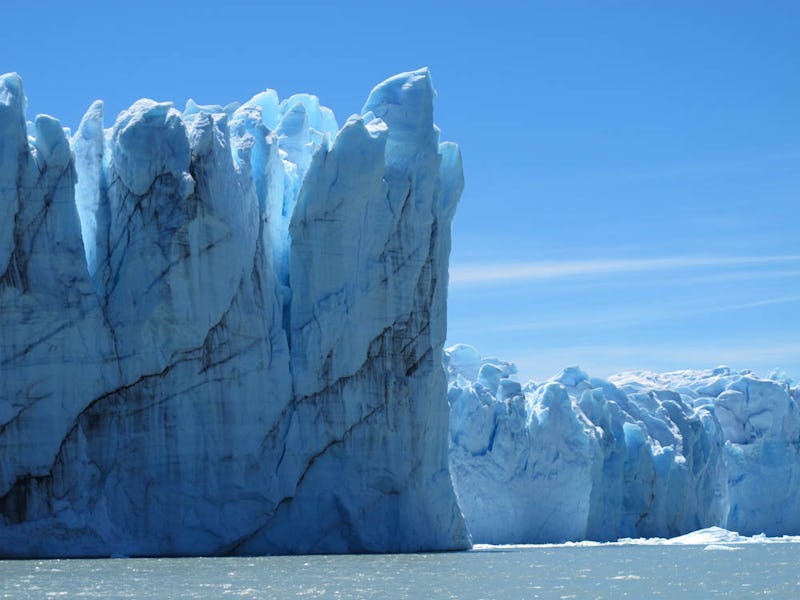Antarctica's 'Sleeping Giant' Glacier Is Melting From the Bottom Up
"It might just take the wind blowing to wake it up."

The Totten Glacier in East Antarctica — the continent’s biggest — is single-handedly one of the greatest potential contributors to global sea level rise. If it melts into the ocean as a result of warming water temperatures, it could raise sea levels by more than 11 feet. But because it moves and melts at highly variable rates, scientists have had a hard time figuring out exactly how much it will change the Earth.
However, thanks to a team of scientists behind a paper published Wednesday in Science Advances, we may soon have a better idea.
In their paper, the international team of geologists, geophysicists, and atmospheric and oceanic researchers outlined just how sensitive this massive glacier is to climate change. They found that the glacier is being melted from below by warm waters as winds blow strongly over the ocean.
This happens when winds off the eastern coast of Antarctica cause warm, deep waters in the ocean to upwell — rise to the surface — and flow under the Totten Ice Shelf, the structure that keeps the Totten Glacier attached to Antarctica.
Warm water is melting the glacier from below.
The researchers figured this out by comparing ice surface velocity — a measure of how much ice thickness changes as a result of a glacier melting — with oceanic winds. They found that there was a consistent pattern: 19 months after wind-driven upwelling events, ice surface velocity accelerated. Comparing this measure to 14 years of data on wind-driven upwelling anomalies showed how much the oceanic forces are affecting this glacier’s progress. They suggest that the changes they’ve observed are local phenomenon that go beyond global trends in oceanic warming associated with climate change.
The Totten Glacier is being eroded from underneath by warm water. If it melts into the ocean, it could raise sea levels by over 11 feet.
“The sensitivity to climate forcing we observe is a response to wind-driven redistribution of oceanic heat and is independent of large-scale warming of the atmosphere or ocean,” write the paper’s authors.
This study changes how scientists think about this massive glacier, which has previously been seen as somewhat insensitive to its surroundings.
“Totten has been called the sleeping giant because it’s huge and has been seen as insensitive to changes in its environment,” said lead author Chad Greene, a Ph.D. candidate at the University of Texas Institute for Geophysics in a statement. “But we’ve shown that if Totten is asleep, it’s certainly not in a coma — we’re seeing signs of responsiveness, and it might just take the wind blowing to wake it up.”